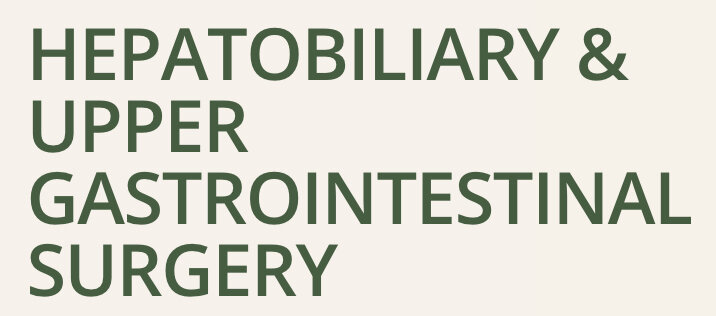Does Peritoneal Cytology Volume Matter During Upper Gastrointestinal Cancer Staging?
Oesophageal and gastric cancers are both leading causes for malignancy and cancer related mortality worldwide and up to 50% of patients present with cancer spread at the time of diagnosis. The liver, distant lymph nodes, lung and peritoneum are the most common sites for spread in these cancers. The National Comprehensive Cancer Network (NCCN) guidelines recommend that all patients with a gastric cancer stage of ≥ T1b or oesophageal cancer stage I-III to undergo a staging laparoscopy with washing collection. Whilst this is the current standard of care in Australia, the method of washing and collection is highly variable between countries, institutes or even individuals. The volumes of washing ranged from 40mL to 1000mL across studies.
This has given rise to the high variability in detection rate and sensitivity. Few studies have delved into reviewing the different outcomes associated with different methods, volumes or site of washings, yet fewer studies aimed to formulate a way for washing collection that would yield an improved sensitivity. Hence, in this study, we aim to elucidate the relationship between volume of aspirates and rate of detection of free cancer cells in peritoneal washing cytology.
Aim:
To demonstrate that smaller volumes aliquots have unequivocal rate of detection of intraperitoneal free cancer cells (IFCC) compared to larger volume aspirates in peritoneal washing cytology.

Status: Currently recruiting
Sites: St Vincent’s Hospital Melbourne, St Vincent’s Private Hospital, Box Hill Hospital, Epworth HealthCare
Ethics: HREC/58337/SVHM-2020-198917
Principal Investigator: Dr Mary Ann Johnson
Eligibility
Inclusion
Adults ≥18 years of age
Diagnosed with gastric or oesophageal cancer
Undergoing staging laparoscopy
Exclusion
Participants with cancer stage 1a and do not require staging laparoscopy
Unable to provide own consent
Outcome Measures
Correlation of positivity of small and large volume peritoneal washings
